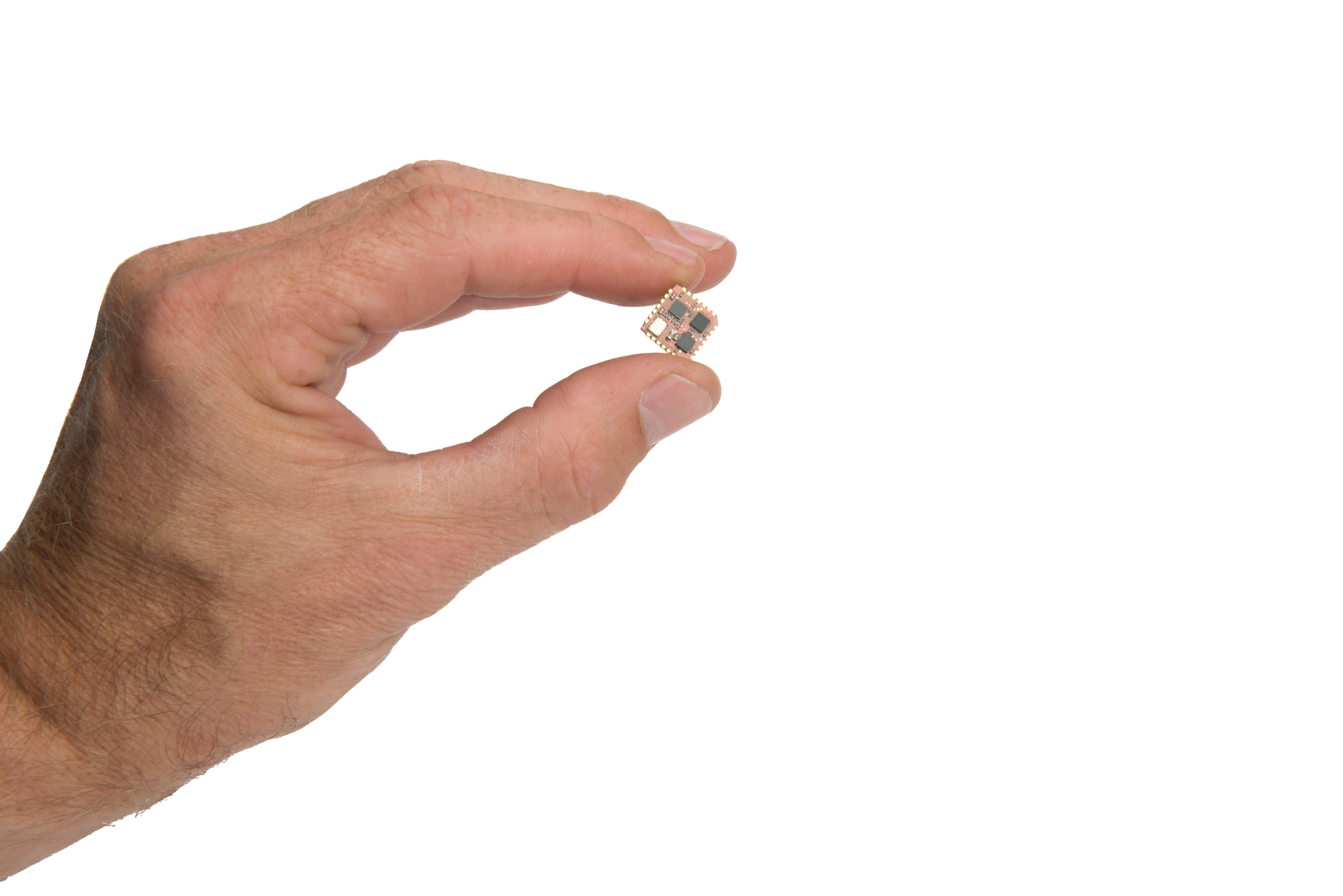Device default: auto — device file of the IMU; baudrate default: 0 — baudrate of the IMU; timeout default: 0.002 — timeout for the IMU communication. Windows device driver information for Xsens USB-serial converter Xsens USB Serial converter links a serial device to a computer through the USB port. It is good for use on a PDA, digital camera, modem or ISDN terminal with a serial port. It supports high speed and is also ideal for connecting POS Peripherals. In case you did not find an explanation for abnormal/unexpected functioning of your Xsens product in the Knowledge Base or Community Forum, you can reach out to the technical support team directly through this contact form. You will be contacted by our support team within two business days. Autoware::drivers::xsensnodes::XsensCommonNode Class Template Reference.
Contents
Overview
The official ROS driver for Xsens industrial Motion Trackers (MTi) can be found in the Linux installation package of the MT Software Suite (versions 2019.0 and later). Extract the downloaded installation package, execute the mtsdk_linux-x##_####.#.sh and locate the xsens_ros_mti_driver folder.
Full documentation for the ROS node and XDA library is available at:
[MTSDK folder]/doc/xsensdeviceapi/doc/html/index.html
Supported devices
This ROS driver is actively supported and maintained in order to be compatible with the latest generation MTi's.
- MTi 1-series
- MTi 10-series
- MTi 100-series (including MTi-G-710)
- MTi 600-series
Workflow
The MTi node only receives data from an MTi device and publishes it to ROS, it is not capable of configuring a device. Topics will be filled with zero-values if the MTi is not configured to output that specific data type. To configure (the output data of) an MTi you can either use MT Manager, Xsens Device API (XDA), Low Level Communication Protocol or by extending the MTi node.
The Xsens MTi driver uses Public Xsens Device API for scanning, connecting, packet parsing and log file handling. The implemention of this driver is done in C/C++, so you can build and run it on a different platforms. You can also configure an MTi using Public XDA by extending XdaInterface class, for more information about how to do that have a look at the 'Public XDA receive data example', found in the MT SDK folder of the MT Software Suite.
Requirements
- MT SDK from Xsens MT Software Suite 2019.0.1 or later
- ROS Kinetic or Melodic
- C/C++ Compiler: GCC 5.4.0 or MSVC 14.0
- C++11
Running the Xsens MTi node
- Configure your MTi device to output desired data (e.g. orientation output) using MT Manager or the MT SDK example codes.
Copy xsens_mti_driver folder from your MT SDK directory into your catkin workspace 'src' folder. Make sure the permissions are set to o+rw on your files and directories. For details on creating a catkin workspace environment refer to Creating a workspace for catkin.
- Build xspublic from your catkin workspace:
Xsens Driver
- Build Xsens MTi driver package:
- Source workspace:
- Launch the Xsens MTi driver. Display example (orientation data should be enabled):
- Simple example:
Configuring the Xsens MTi node
To change the configuration of the Xsens MTi node you can edit the xsens_mti_node.yaml file. The following parameters can be configured:
Xsens Driver Linux
- Device settings for finding a defined MTi device
- Log file recording option
- Publishers queue size
- Message publishers
Published topics
imu/data (sensor_msgs/Imu)
quaternion, angular velocity and linear accelerationimu/acceleration(geometry_msgs/Vector3Stamped)
calibrated linear accelerationimu/angular_velocity(geometry_msgs/Vector3Stamped)
calibrated angular velocityimu/mag(geometry_msgs/Vector3Stamped)
calibrated magnetic fieldimu/dq (geometry_msgs/QuaternionStamped)
integrated angular velocity from sensor (in quaternion representation)imu/dv(geometry_msgs/Vector3Stamped)
integrated linear acceleration from sensorimu/time_ref (sensor_msgs/TimeReference)
timestamp from devicefilter/quaternion (geometry_msgs/QuaternionStamped)
quaternion from filterfilter/free_acceleration (geometry_msgs/Vector3Stamped)
linear acceleration from filterfilter/twist(geometry_msgs/TwistStamped)
velocity and angular velocityfilter/positionlla (geometry_msgs/Vector3Stamped) (MTSS2019.3.2 and later)
filtered position output in latitude (x), longitude (y) and altitude (z) as Vector3filter/velocity (MTSS2019.3.2 and later)
filtered velocity output as Vector3temperature (sensor_msgs/Temperature)
temperature from devicepressure (sensor_msgs/FluidPressure)
barometric pressure from devicegnss(sensor_msgs/NavSatFix)
raw 4 Hz latitude, longitude, altitude and status data from GNSS receivertf(geometry_msgs/TransformStamped)
transformed orientation
Troubleshooting
The published topics do not reach the expected data output rate (e.g. 400 Hz).
We have noticed that the ROS node can cause a high CPU load, leading to lower data output rates. This issue has been fixed in ROS nodes available in MTSS2019.3.2 and later. We recommend migrating to the latest version.
If you have connected the MTi via a USB interface, we recommend enabling the low latency mode using setserial. See this page for more details.
The MTi-1 (Motion Tracker Development Board) is not recognized.
Support for the Development Board is present in recent kernels. (Since June 12, 2015). If your kernel does not support the Board, you can add this manually:
The device is recognized, but I cannot ever access the device.
Make sure you are in the correct group (often dialout or uucp) in order to access the device. You can test this with:
If you aren't in the correct group, you can fix this in two ways:
- Add yourself to the correct group. You can add yourself to it by using your distributions user management tool, or call:
- Be sure to replace dialout with the actual group name if it is different. After adding yourself to the group, either relogin to your user, or add the current terminal session to the group:
- Use udev rules. Alternatively, put the following rule into /etc/udev/rules.d/99-custom.rules:
- Change $GROUP into your desired group (e.g. adm, plugdev, or usb).
The device is inaccessible for a while after plugging it in.
When having problems with the device being busy the first 20 seconds after plugin, purge the modemmanager application.
RViz doesn't show an MTi model.
It is a known issue with urdfdom in ROS Melodic. A workaround is to unset/modify the LC_NUMERIC environment variable:
Bug Reports & Feature Requests
We appreciate the time and effort spent submitting bug reports. Please note that Xsens cannot support any ROS packages other than the ROS driver included in the MT Software Suite.
Please visit us at BASE. BASE is our online support platform where you can find knowledge base articles, frequently asked questions and an active community forum where you can get in touch with our engineers and product specialists.
- Linux: Ubuntu 12.04 LTS 32bits
- ROS: fuerte
- Intel core 2 duo E8400
- device: Xsens MTi-G-28A53G35
I have some troubles when I launch mtdevice.py from http://ros.org/wiki/xsens_driver
I did as it said in http://answers.ros.org/question/42328/problem-with-xsens-mtig/and I am sure making:
And getting:
With all permissions.
The output problem is this:
I try with the launch too:
And the output is the same. Are there any problem with the code? Have I some broken dependency?

Thanks

Edit 1(22/07/2013):
The output of the roslaunch xsens_driver xsens_driver.launch is:
And my roswtf is:
(more)